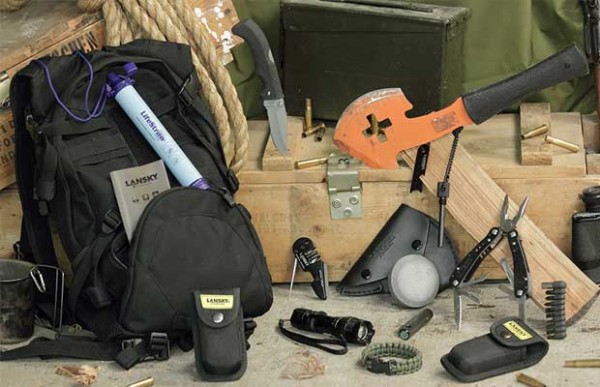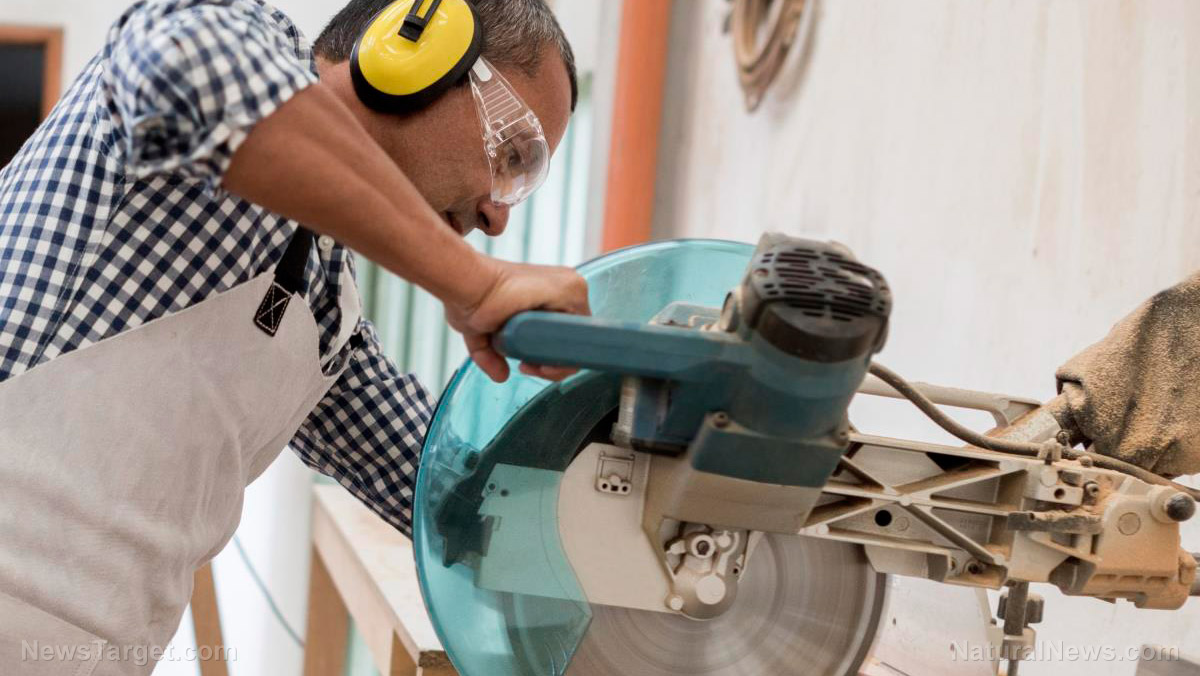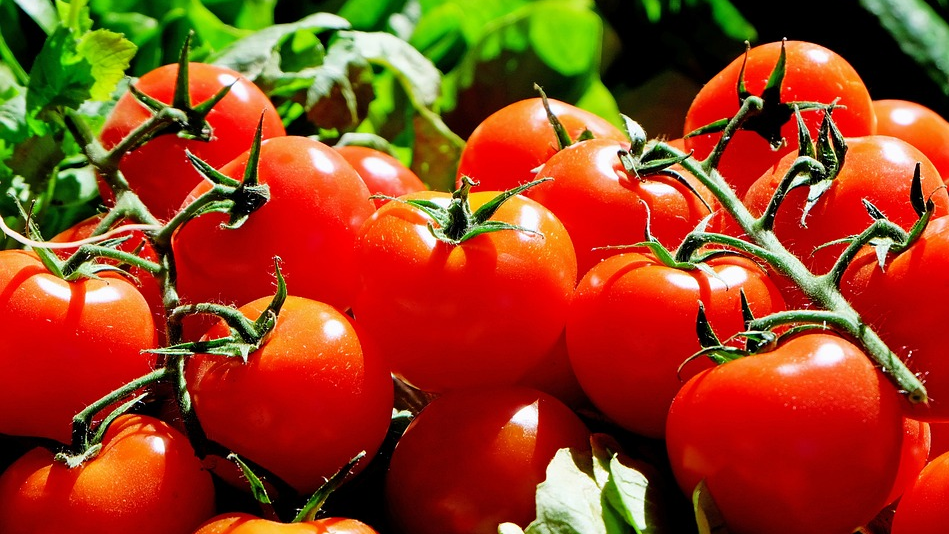Long-term food independence: Fruit trees are a critical prep before SHTF
08/24/2019 / By Edsel Cook

Are you making prepping plans for food independence over the long term? Plant fruit trees at your home and bug-out shelter to serve as a source of sustenance when SHTF.
The typical fruit tree looks pretty enough that even the strictest neighborhoods will not mind if preppers plant them. Planting these trees is a stealthy prep that hides in plain sight.
They do require plenty of initial investment. A prepper will have to haul the tree home from the nursery, carry it to the orchard or yard, and plant it.
Once they have been planted, fruit trees need relatively little maintenance. Just add organic fertilizer twice a year, water them during dry periods, and pick the fruits of your labor once they come out.
Spring is usually the best time to plant fruit trees. Every spring, try to plant a couple of new trees, even if none of the earlier trees need replacement. (Related: It’s time you grew your own fruit-bearing trees for food – here’s how.)
Check out the planting site
Preppers and homesteaders who want to plant fruit trees must consider three major factors: planting site, climate, and pollination.
Start with the planting site. The available space will determine the species and number of fruit trees that may fit there.
Many fruit trees will have dwarf and semi-dwarf varieties. These smaller versions take up less room. They will fit in smaller spaces.
For narrow areas, consider using the espalier approach. In this technique, secure a dwarf fruit tree to a trellis. Control its growth so that it follows the shape of the framework.
Check the soil in the site and compare its type to the preference of the available fruit trees. Whenever possible, look for a species or variety of tree that will thrive in the condition.
For preppers who live in a neighborhood with a homeowners association, read the rules and regulations. Find out what fruit trees are permitted.
Finally, call before digging any holes. Find out if there are any underground utility lines beneath the ground.
Pick fruit trees that prefer the local climate zone
Next is the climate. Even more so than the soil, the temperature, weather, and seasons will determine what fruit trees will survive and grow in the location.
The climate may vary from state to state. Missouri, for example, is not suitable for growing orange or banana trees.
Look up a map or interactive guide that will show the climate zone of the planting site. Then check the preferred zone of the desired fruit tree and see if it matches that of the intended area.
Try to go for fruit trees whose preferred range has the climate zone of the planting site in the middle of the scale. Going for the middle road provides a buffer in case the site experiences a harsh winter or a drought during summer.
For preppers who live in a city near the border of a zone, pick a fruit tree that likes warmer zones. The temperature in urban environments are several degrees hotter than in rural regions.
Ensure the fruit trees are self-fertile or get proper cross-pollination
Finally, preppers and homesteaders must ensure that the fruit trees get enough pollination. Otherwise, they will not bear any fruit.
Several fruit and nut trees need cross-pollination from different varieties. Individual members of these variety have too much genetic similarity to fertilize each other.
Pick a self-fertile variety. Cherries and peaches have many such varieties, while apples mainly rely on the Golden Delicious variety.
Anyone will welcome a permanent source of food, especially when SHTF. Consider planting fruit trees soon.
Sources include:
BeansBulletsBandagesAndYou.com
Tagged Under: emergency food, food freedom, food independence, food security, food supply, fruit trees, green living, growing your own food, home gardening, homesteading, long-term food supply, organics, pollination, preparedness, prepper, prepping, SHTF, survival, survival food, sustainable living, trees
RECENT NEWS & ARTICLES
Homesteading.News is a fact-based public education website published by Homesteading News Features, LLC.
All content copyright © 2018 by Homesteading News Features, LLC.
Contact Us with Tips or Corrections
All trademarks, registered trademarks and servicemarks mentioned on this site are the property of their respective owners.

















